In 2003 Sylvia and I retraced, by car, the main overland route of the Trail of Tears, starting northeast of Chattanooga and proceeding across Tennessee, western Kentucky, into southern Illinois, across the Mississippi into Missouri, the northwestern tip of Arkansas and into Oklahoma. We drove in the comfort of a car and stayed in pleasant motels. They walked and bumped along in wagons in a brutal winter, camping out in fields and dying by the thousands. The bombs started falling in Baghdad the first night we were in Tahlequah. Oklahoma. All the churches we passed said on their signboards “Pray for our Troops.” Not a one mentioned the innocent Iraqis.
It was a journey of remembrance in search of reconciliation, something I have been reflecting on for some ten years now. I was only vaguely aware at the time that behind the Trail of Tears signs that led us on our way stood an organization, The Trail of Tears Association, that has worked for some years to make visible this tragic piece of our history, now woven into more and more memories because of their work.
Journeys produce powerful memories and shape our understanding of what reconciliation is about. American memories are full of them: the Exodus from Europe (rooted in another memory), the wagon train west, the Lewis and Clark Expedition, and, yes, the Bataan Death March in the Philippines. In other cultures we have South Africa’s Great Trek and China’s “Long March” under Mao. Our three major religious traditions are rooted in journey stories – the Exodus and wandering, the Hejira, and Jesus’s journey from the Galilee to Jerusalem. They produce longings for homecoming, for a promised land, for purification in exile, for possession of a Holy Grail. Each manifests a different kind of reconciliation – with ourselves, with God, with others, and the land. They also produce conflicts, as people with very different generative journey stories seek to exclude others to achieve their journey’s end. Witness what is happening in Israel/Palestine even today.
The Trail of Tears Association is one effort in our country not only to remember but to try to make sense out of what happened. Anyone can join. You just have to want to go on this journey to the reconciliations it might make possible.


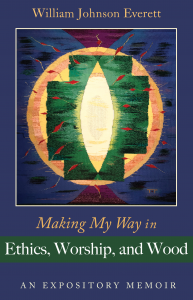
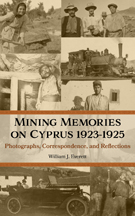

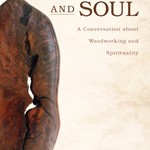
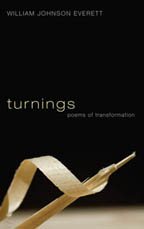
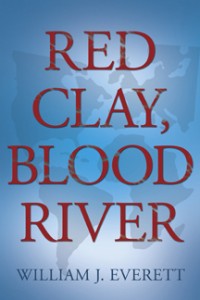 Red Clay, Blood River
Red Clay, Blood River